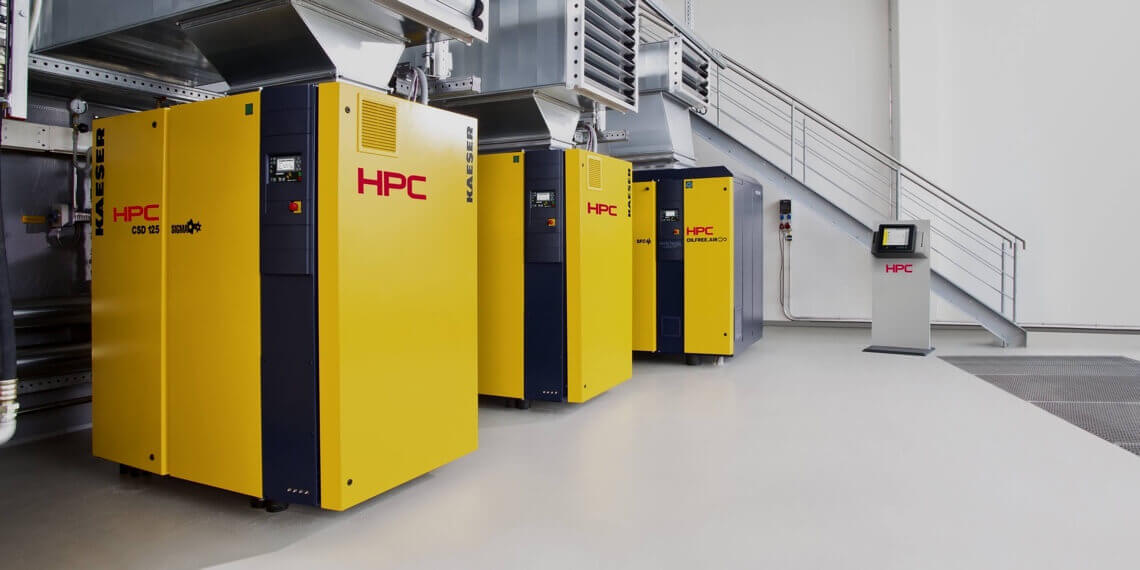Leaks in a compressed air system have been a likened to a ‘hole in your pocket’ and there is no better analogy. Air leakage is the single largest waste of compressed air and in-turn electrical energy, accounting for up to 40% of air consumption in an un-managed system. To put this into perspective, a single 3mm leak in your compressed air system could be costing up to £700 per year in wasted energy. Compressed air leaks are often overlooked. Unlike a water leak, they very often cannot be seen until you look at your electricity bill.
Identifying a compressed air leak
The majority of compressed air systems have leaks, it is therefore important that these leaks can be identified. The most common locations to find leaks are at the pipe joints, valves and couplings.
To improve the efficiency of a compressed air system it is recommended that regular maintenance services are carried out. By improving the day to day running of the compressed air system, substantial savings can be made.
Ultrasonic leak detection
A method of detecting compressed air leaks is by using ultrasonic survey handguns better known as ultrasonic leak detectors (ULD’s). By using a ultrasonic leak detector it is easy to pinpoint a leak in the air compressor. This sophisticated equipment detects high frequency sound waves produced by air leaks from compressed air pipework, ancillary equipment and components. This is transferred to an audible hissing noise in the operator’s headphones. Upon identifying the source of the air leak/s in your system, they are tagged and itemised in a comprehensive report. The report will also include a quotation for repairs and potential cost savings upon completion of leak repairs.
How is a leak detection survey carried out?
A recent leak detection survey was carried out by Telford Compressed Air Services at a large packaging company. Overall, 86 significant leaks within their compressed air system were identified. Each leak within the system was categorised. There is 10 categories, labelled 1-10 with leak value being from 0.5 CFM (Category 1) up to 100 CFM (Category 10).
Submitted in the detailed report was the location of air leaks, category of leak and the piece of equipment affected.
It was calculated that the air leaks in the system alone were consuming 36.1 Kilo-Watts of energy per hour. On an annual basis this accounted for an electrical energy cost of £23,955.
The cost of repair of the leaks, including affected equipment replacement was £4500.00 producing a return on the air leak repair cost in a matter of weeks.
How we can help
At Telford Compressed Air Services (TCAS) we understand that compressed air leaks are inevitable within a compressed air system. However, with the correct management both costs and carbon emissions are reduced to a minimum. To find out more about our compressed air leak detection services, please contact us today.

